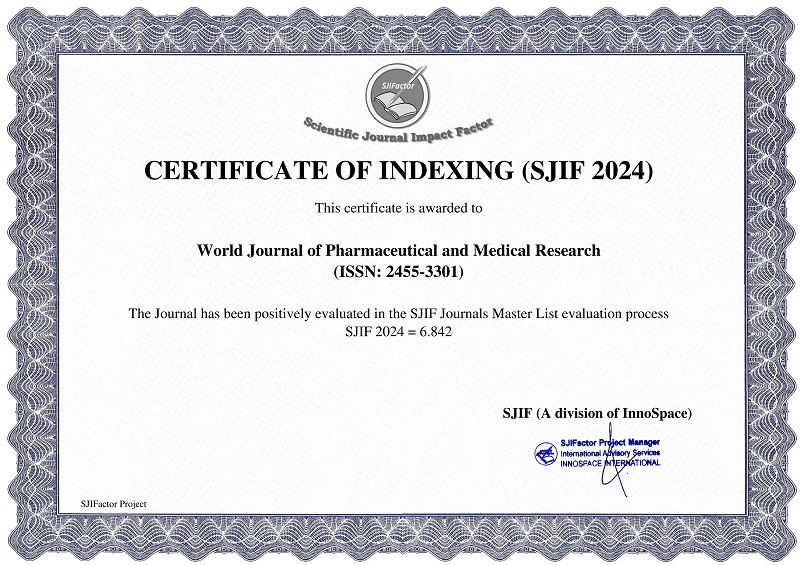GROWTH HORMONE DEFICIENCY DISORDERS AND THEIR RESPONSE TO GH THERAPY: THE IMPACT OF GENETIC AND ENVIRONMENTAL FACTORS
Ashraf Soliman*, Fawzia Alyafei, Shayma Ahmed, Noora AlHumaidi, Noor Hamed, Ahmed Elawwa, Sohair Elsiddig, Nada Alaaraj, Nada Soliman and Ahmed Khalil
ABSTRACT
Background: Growth Hormone Deficiency (GHD) is a heterogeneous condition with varying responses to GH therapy depending on genetic and environmental influences. While congenital GHD cases are often linked to mutations in GH-related genes, acquired GHD may result from trauma, tumors, or radiation. The differentiation between isolated GHD (IGHD) and multiple pituitary hormone deficiencies (MPHD) further impacts treatment responses. Understanding these variations is essential for optimizing GH therapy. Objective: This review aims to evaluate the response to GH therapy in congenital vs. acquired GHD, compare IGHD vs. MPHD, and analyze the influence of genetic and environmental factors on treatment efficacy. The goal is to determine the best predictive factors for GH responsiveness and optimize long-term treatment strategies. Methods: A systematic review of 52 studies covering over 10,000 pediatric GHD patients was conducted. Studies were included if they evaluated growth velocity, final height SDS, and metabolic outcomes following GH therapy. Data analysis incorporated meta-analysis techniques, ANOVA for subgroup comparisons, and multivariate regression models to identify key predictors of GH therapy success. Odds ratios (ORs) and hazard ratios (HRs) were calculated to compare treatment efficacy across different GHD subtypes. Results ? Growth Response in Congenital vs. Acquired GHD: Congenital GHD patients showed higher growth velocity (+0.7 cm/year, p=0.02) and improved final height SDS (-0.8 vs. -1.1, p=0.03). ? Genetic Factors Affecting GH Therapy: GH1 mutations showed the best GH response, while IGF1R mutations correlated with reduced height gains (p<0.01). ? Environmental Influences: Early GH initiation improved final height outcomes (p=0.01). Socioeconomic status, treatment adherence, and nutritional status significantly influenced growth outcomes. ? IGHD vs. MPHD Comparison: IGHD patients exhibited higher growth velocity (+1.8 cm/year, p=0.001) than MPHD patients, who required additional hormonal therapy. ? Metabolic Effects: GH therapy improved lean body mass and bone mineral density, but mild glucose intolerance was observed in 3-5% of patients, necessitating long-term monitoring. Conclusion: GH therapy is most effective when initiated early and individualized based on genetic and environmental factors. IGHD patients respond better than MPHD, and nutritional and socioeconomic support enhances treatment outcomes. Future research should focus on genetic screening, predictive modeling, and personalized GH therapy regimens to optimize long-term growth and metabolic health.
[Full Text Article] [Download Certificate]



